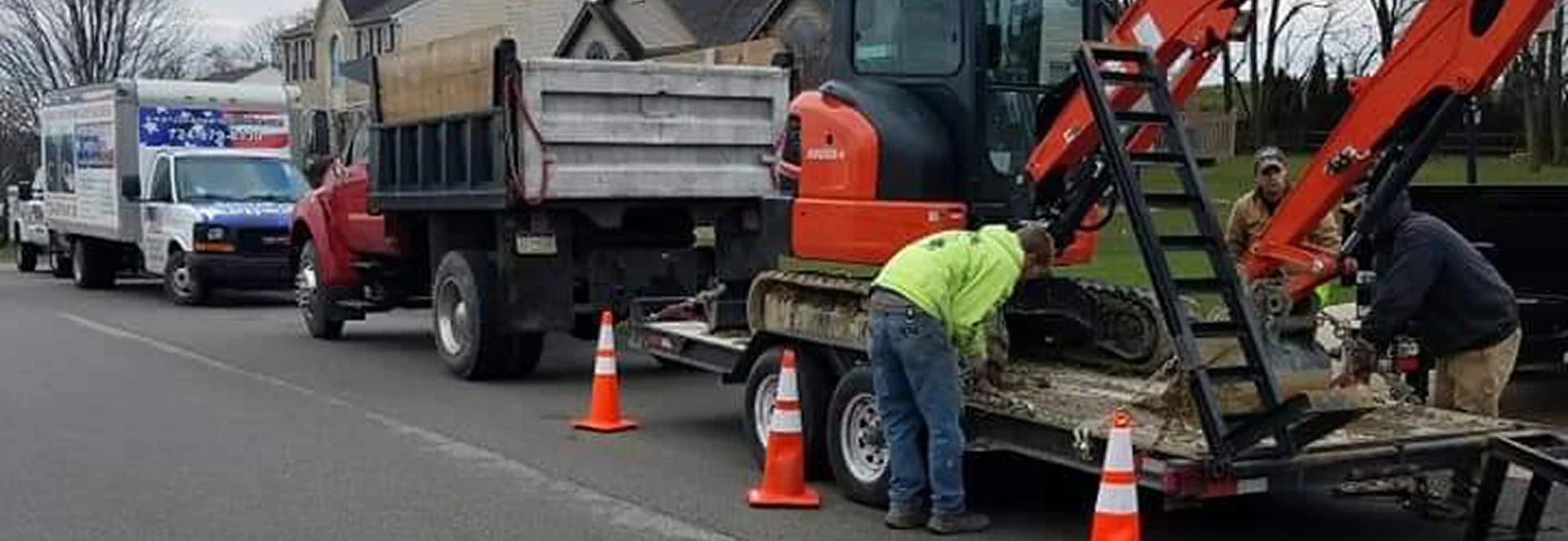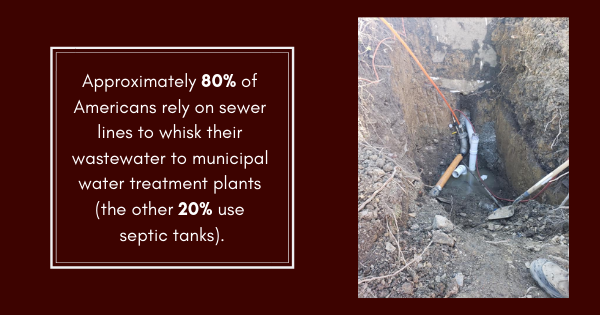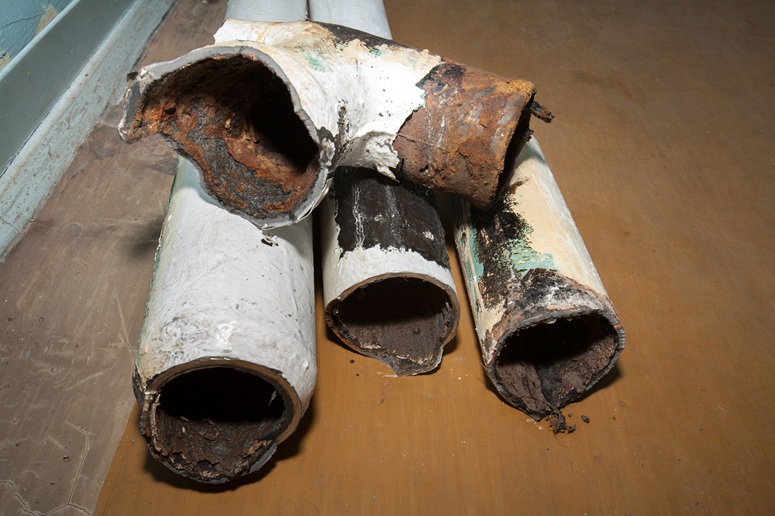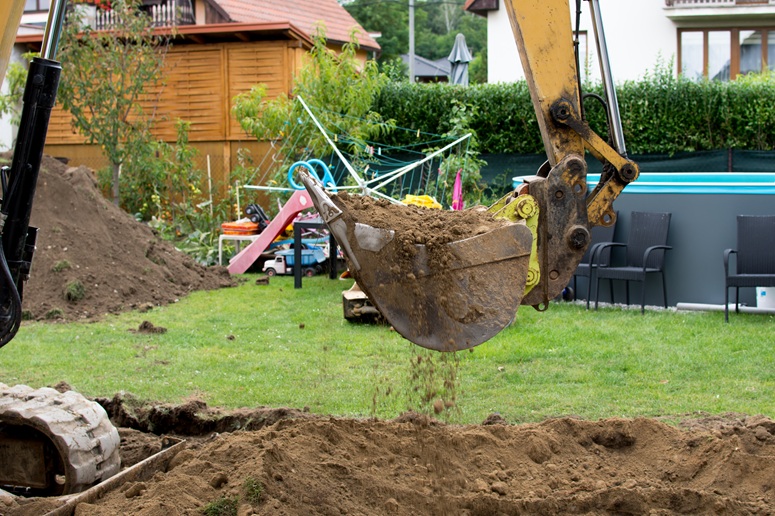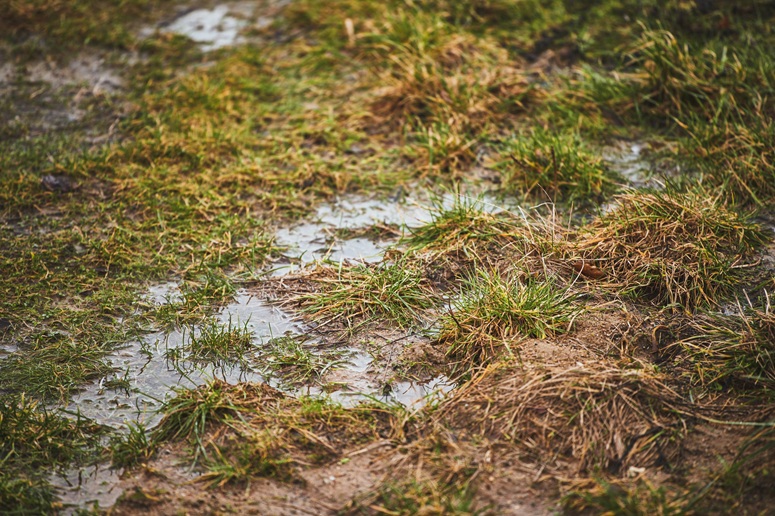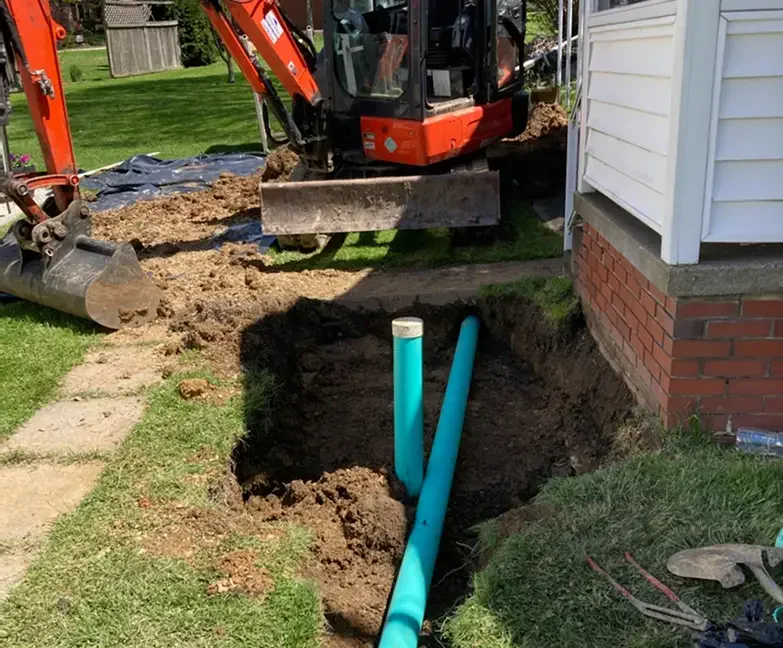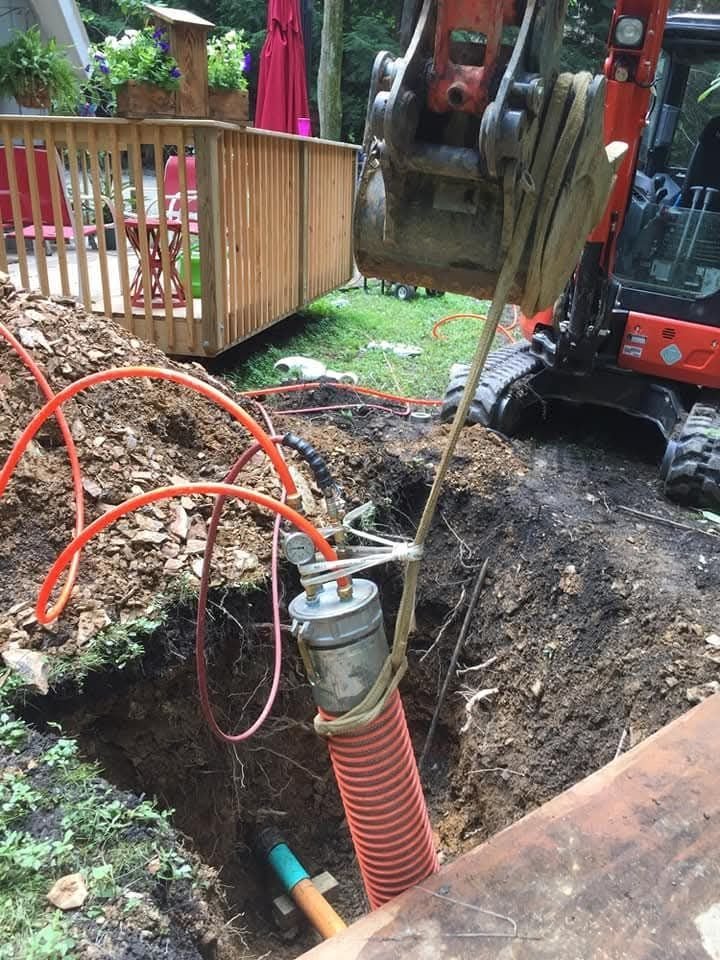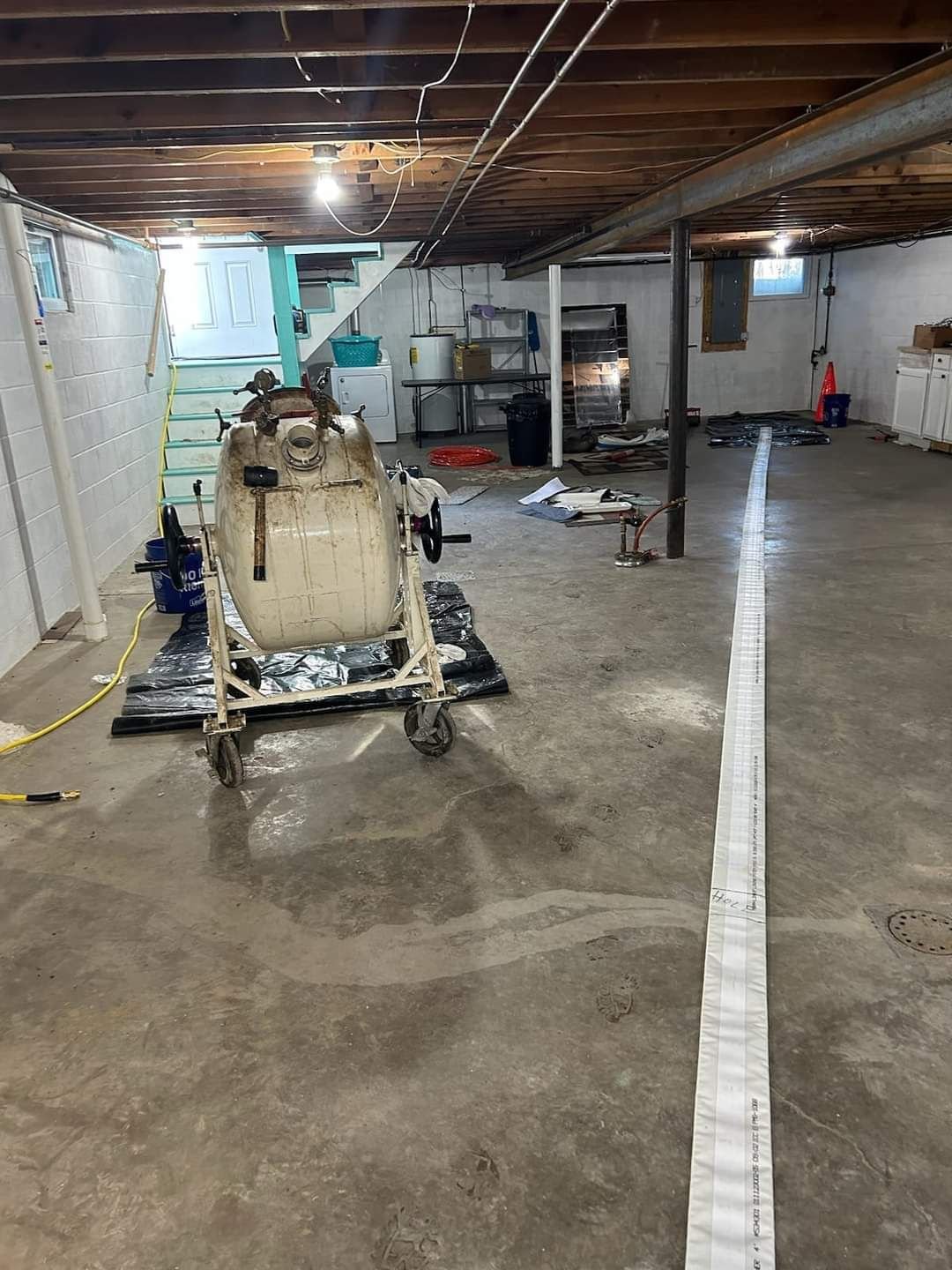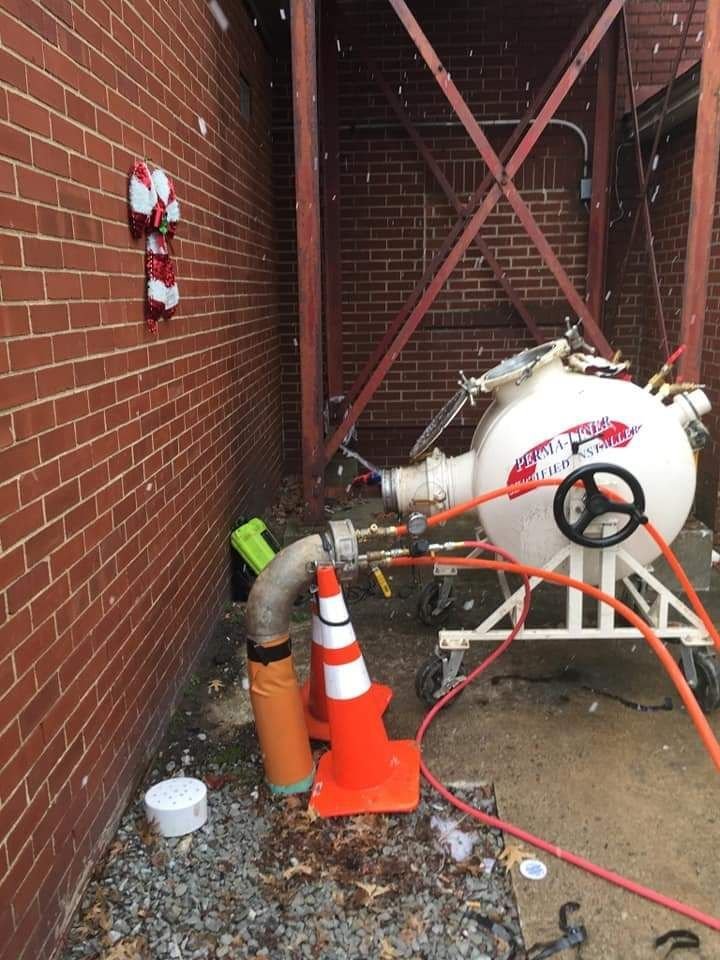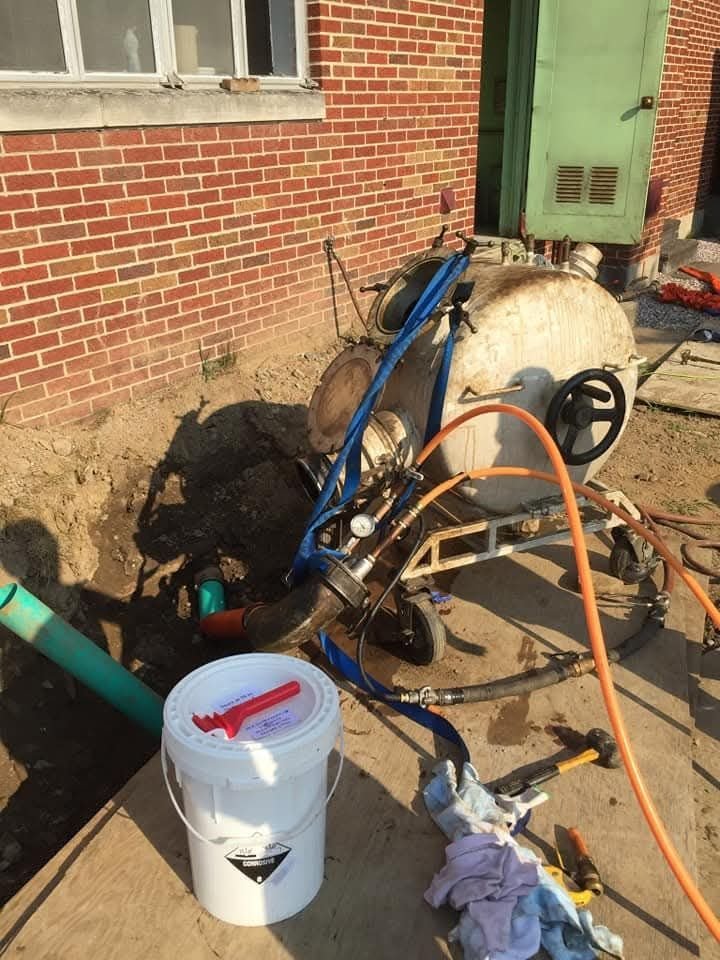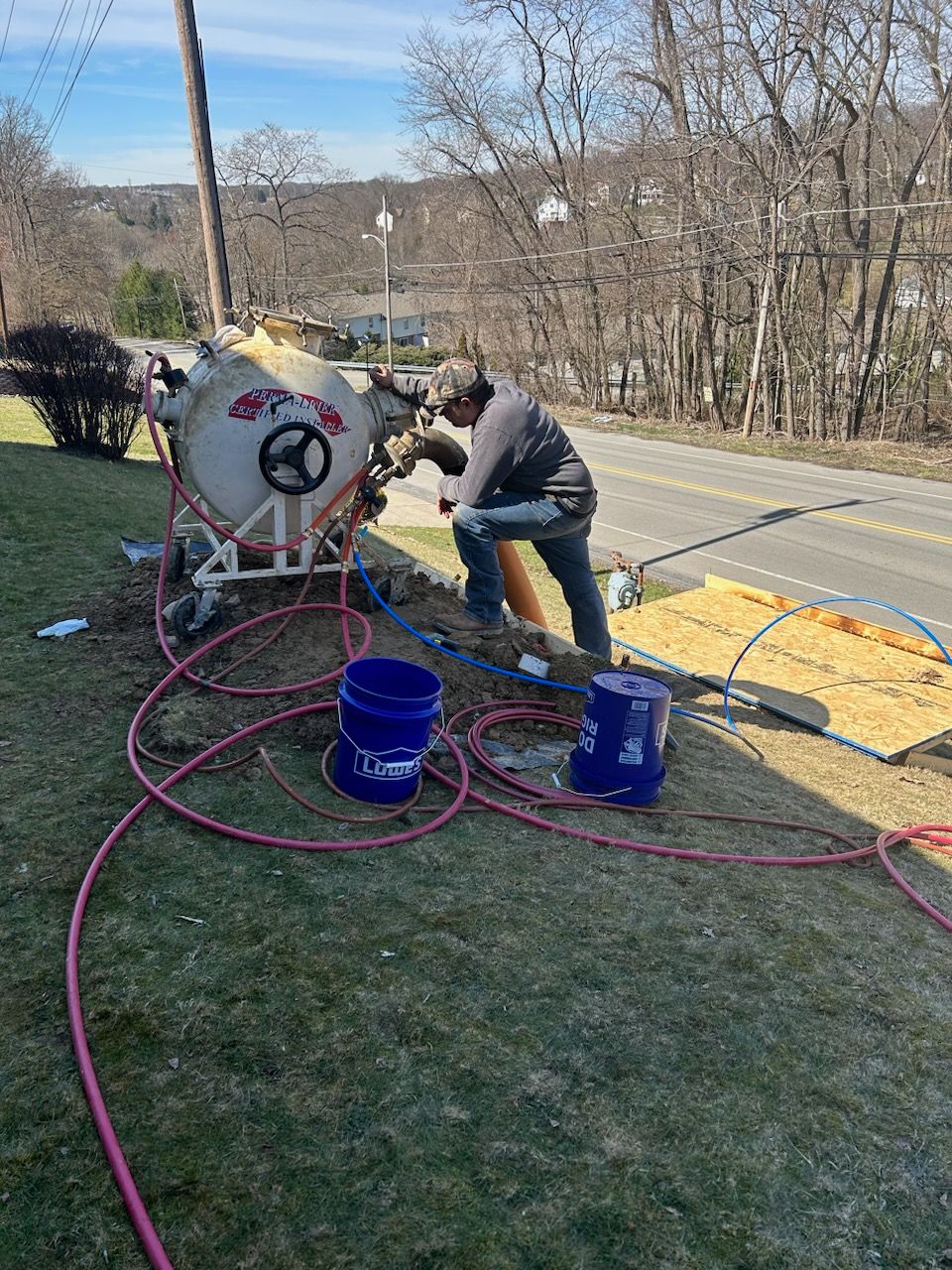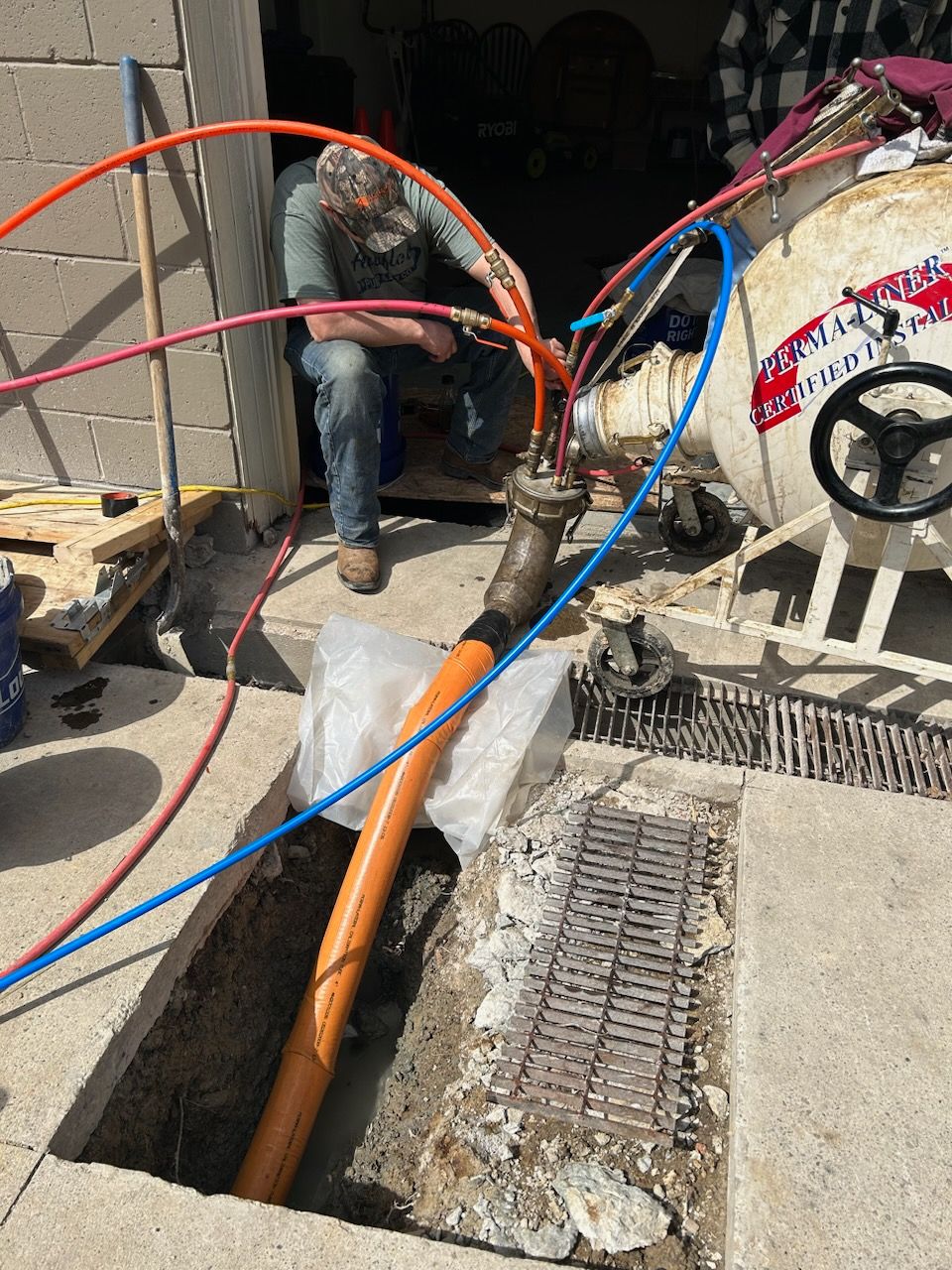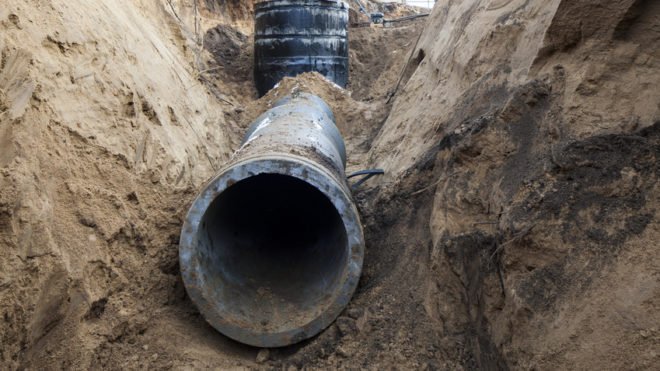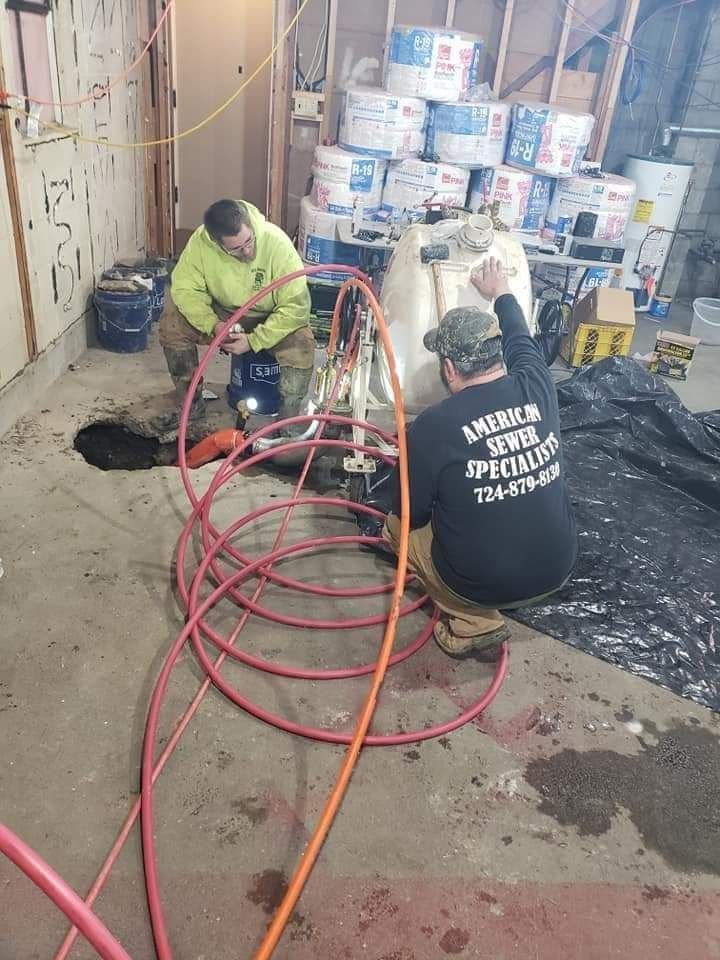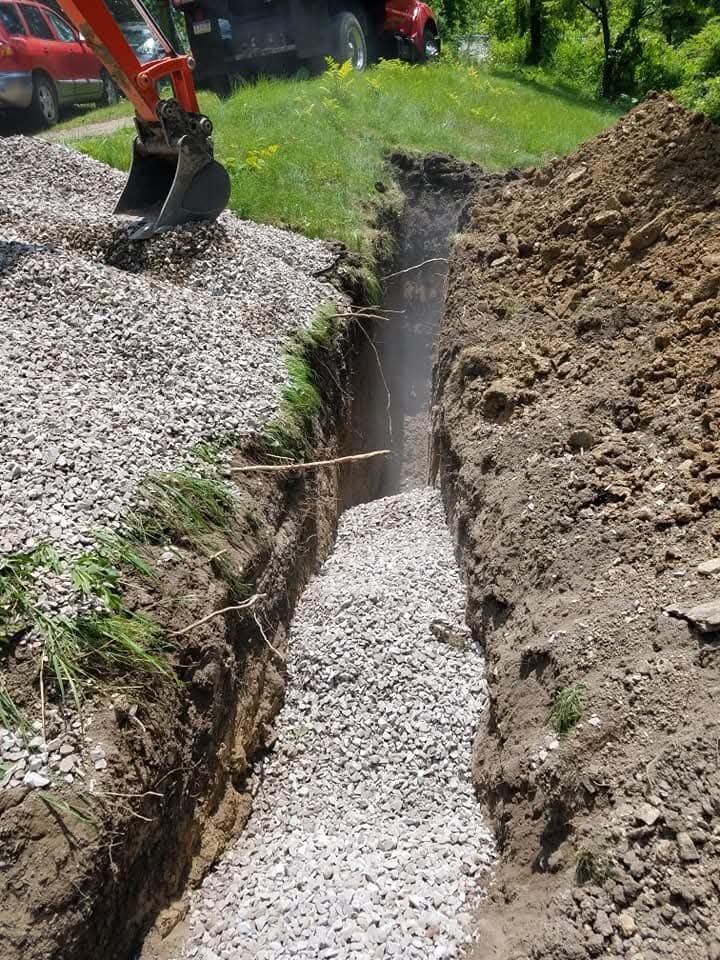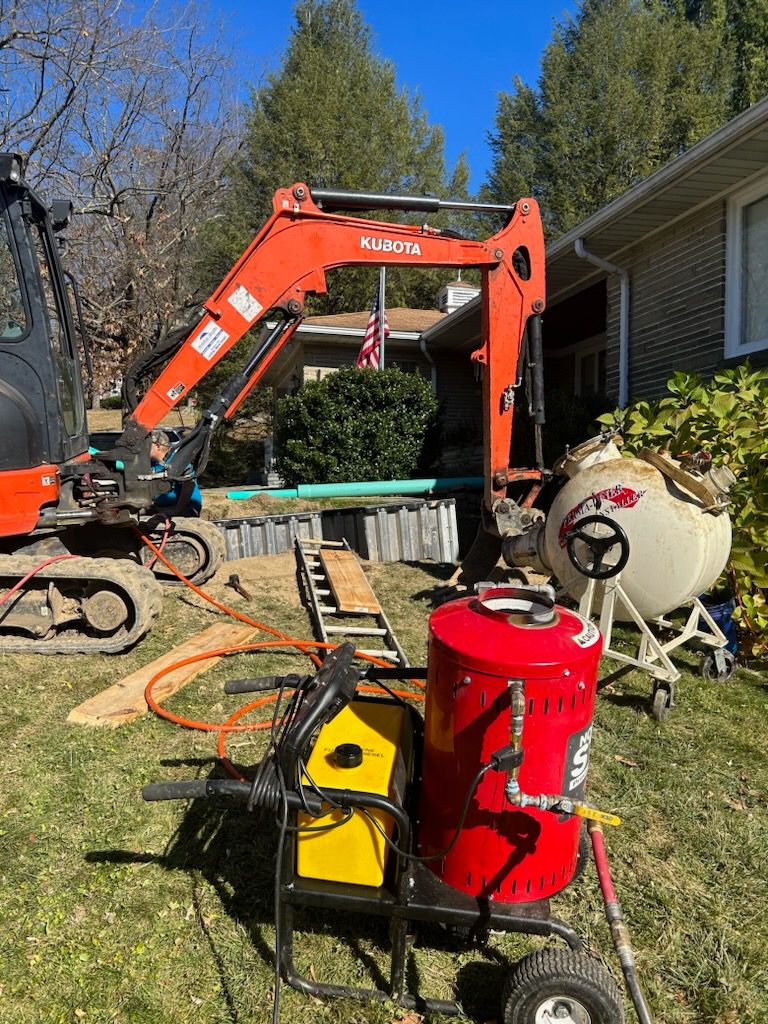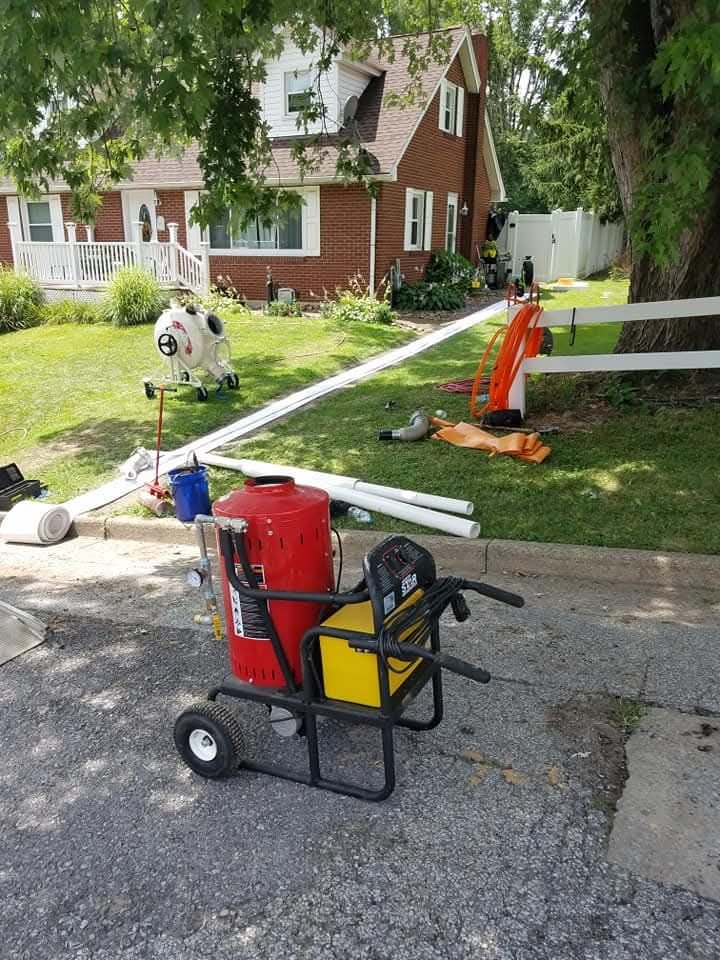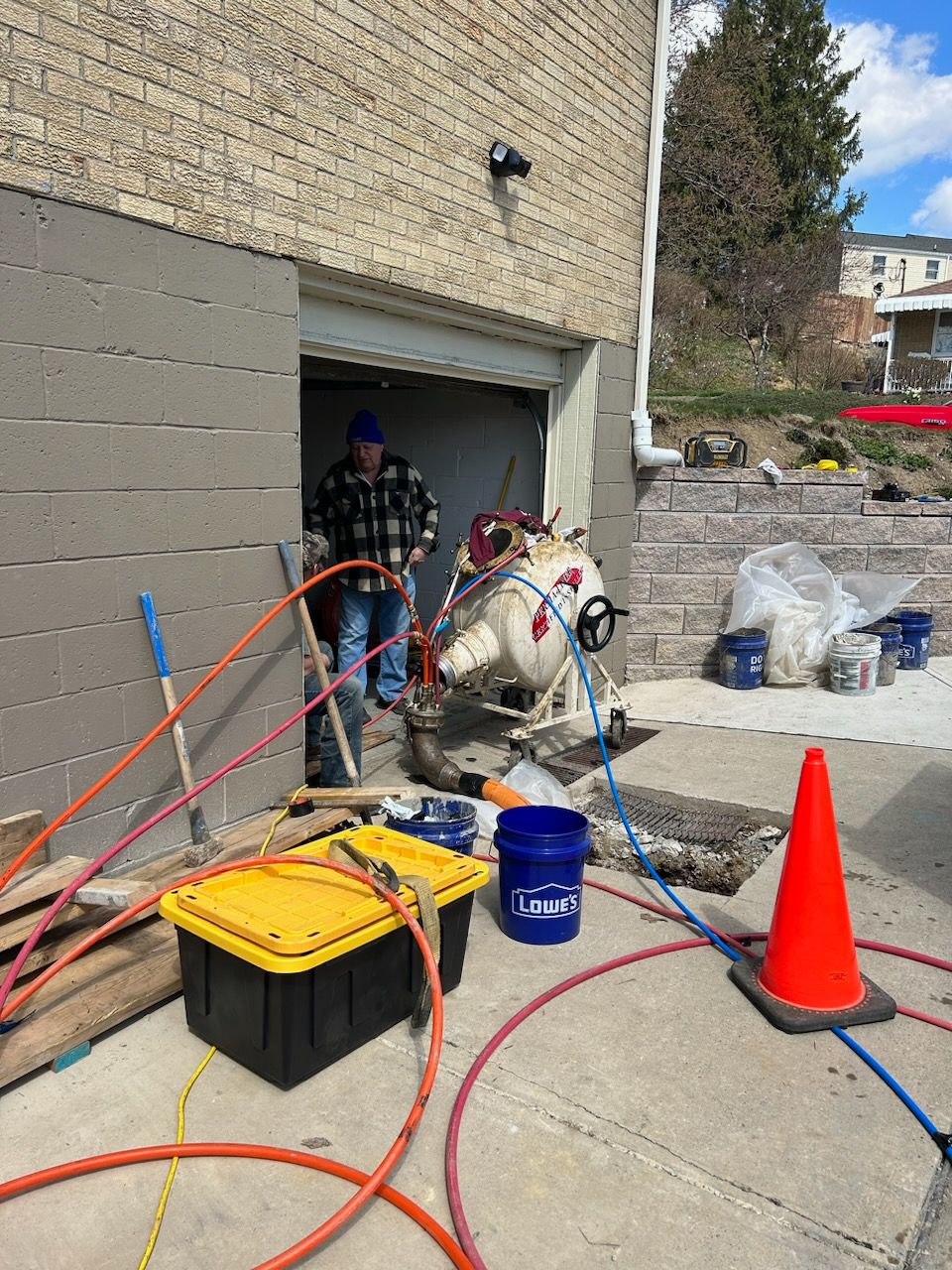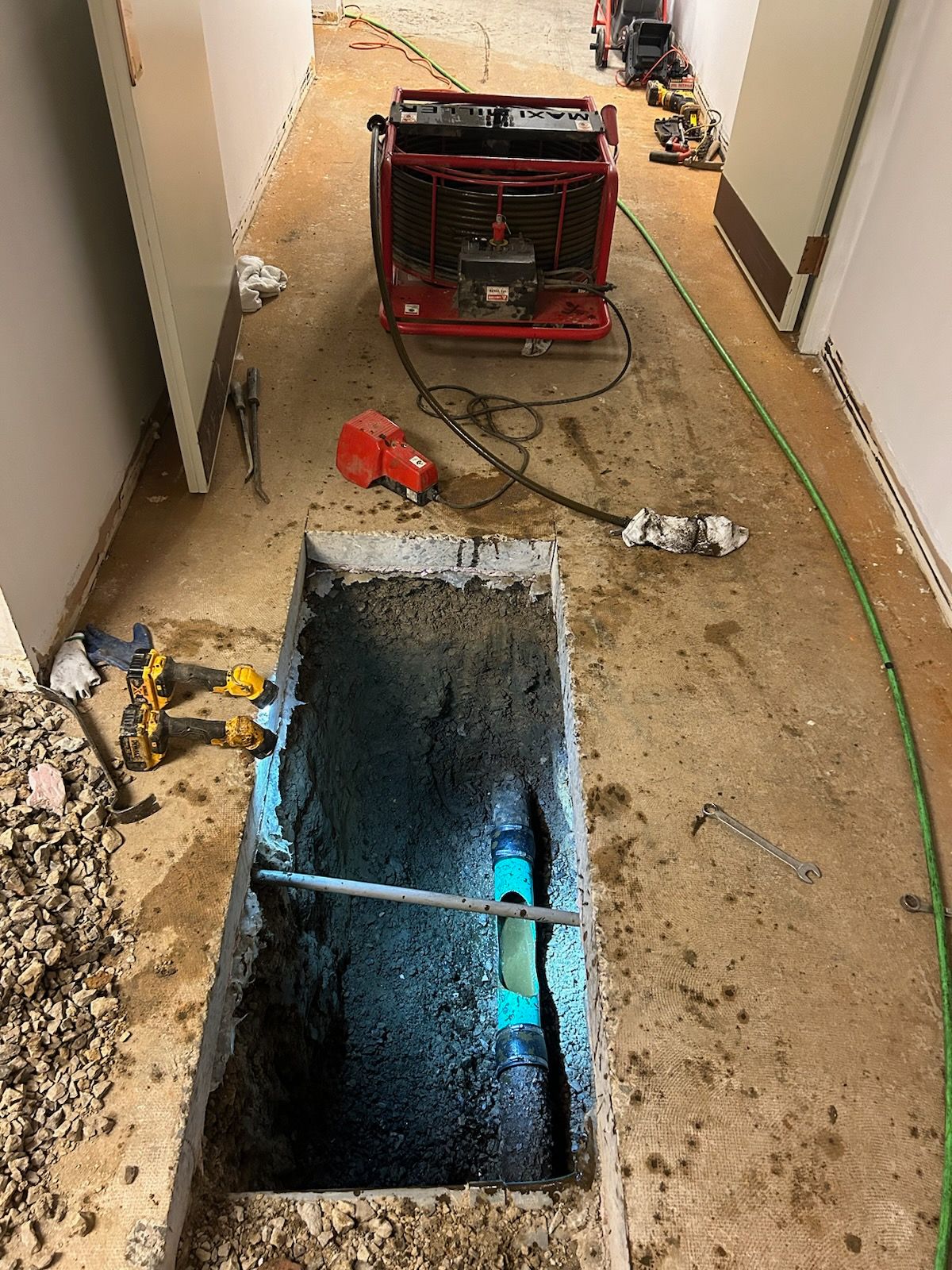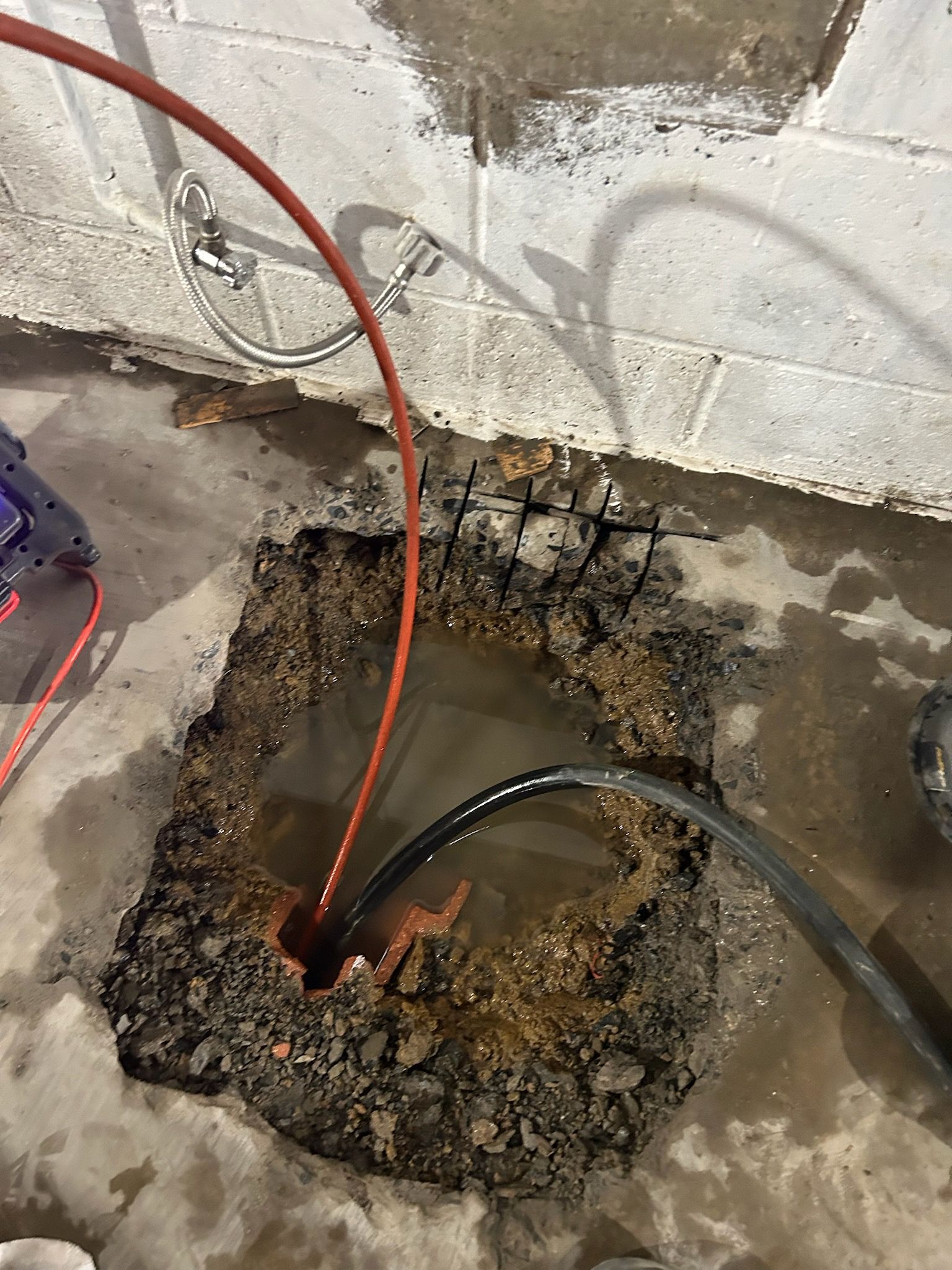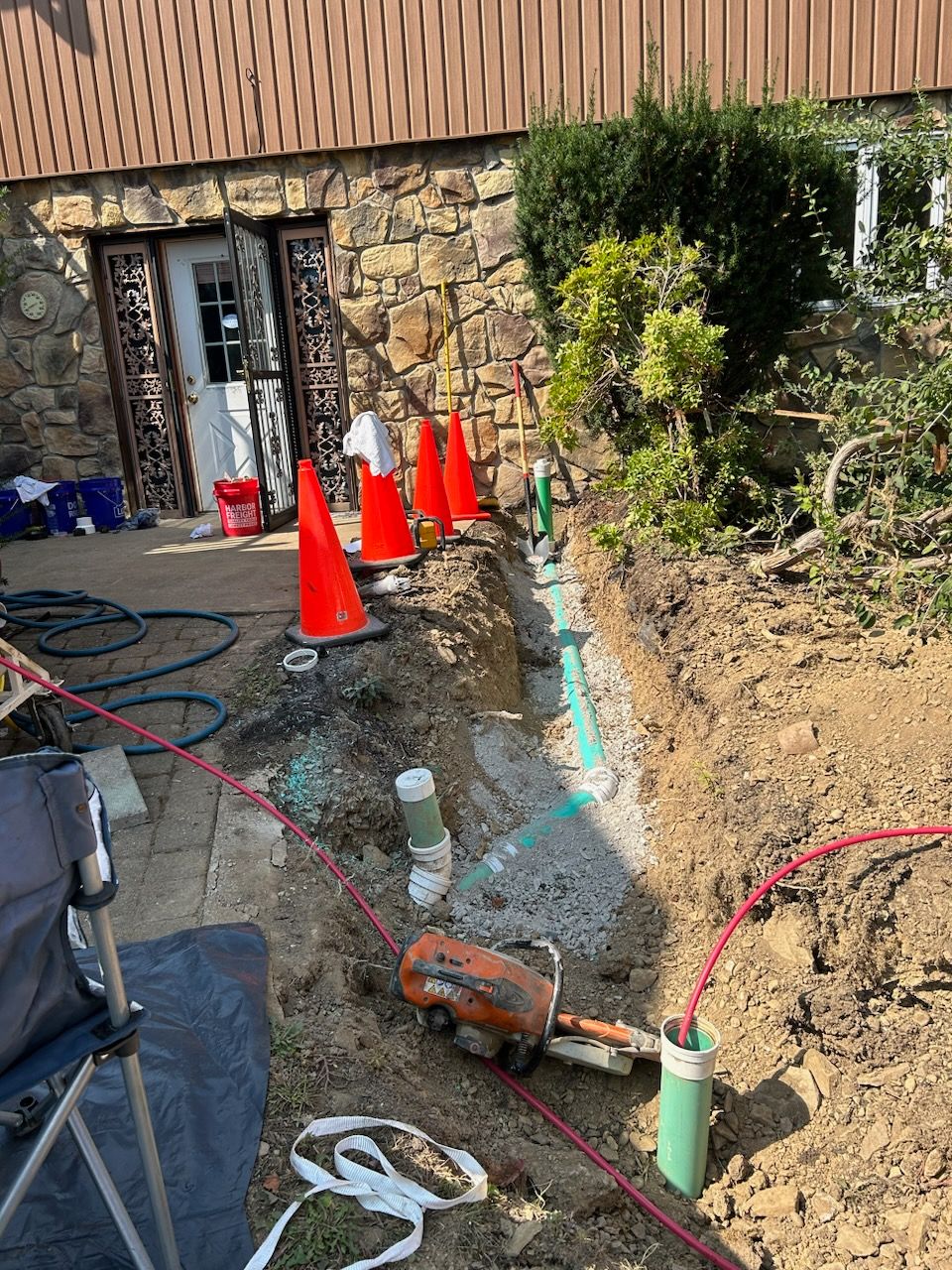Although most things that have the name “French” in their title are exceedingly sophisticated, French drains are quite simple. At their core, they act like gutters on ground level: as precipitation collects, it is funneled through a gravel-lined ditch with an embedded pipe, and is carried away from the home. If you’ve noticed that your yard collects water after heavy rains, or that your basement floods and admits water through the foundation, French drains offer a solution. They can be installed both indoors and outdoors, and serve to reroute water away from areas where its buildup can cause damage.
How Are French Drains Installed?
French drain installation involves three primary steps. Let’s take a look.
- Digging: Whether constructed in your basement or in your backyard, French drain installation begins with a trench. Since the goal is to direct water away from certain areas, a specialist will need to determine which path is best. A slope of one inch for every eight feet in length is usually recommended as it will ensure that gravity keeps things moving in the right direction. Your trench should be new smaller than 12 inches wide, and between 18 and 24 inches deep. If the drain is being installed to prevent basement moisture, the pipe must be positioned below slab or finished floor level.
- Filling and Piping: Once your trench is dug, it will be filled with a few inches of crushed stone. That stone will then be covered with water-permeable landscaping fabric to discourage weed growth. The piping is laid next; either rigid PVC or flexible drain pipes can be used.
- Finishing: To keep the pipes safe from dirt and root obstruction, wrap landscaping fabric around them. If you want to completely conceal the drainage system, you can infill the trench with gravel to a point a few inches below grade, and then add dirt to span the remaining distance.
Approximately 80% of Americans rely on sewer lines to whisk their wastewater to municipal water treatment plants (the other 20% use septic tanks), but those are ineffective against water that originates externally. French drains provide a solution that is simple and still aesthetically pleasing.
If you’re fed up with flooded backyards and basements, give American Sewer Specialist a call at (724) 879-8130 today.
Categories
Related Posts
